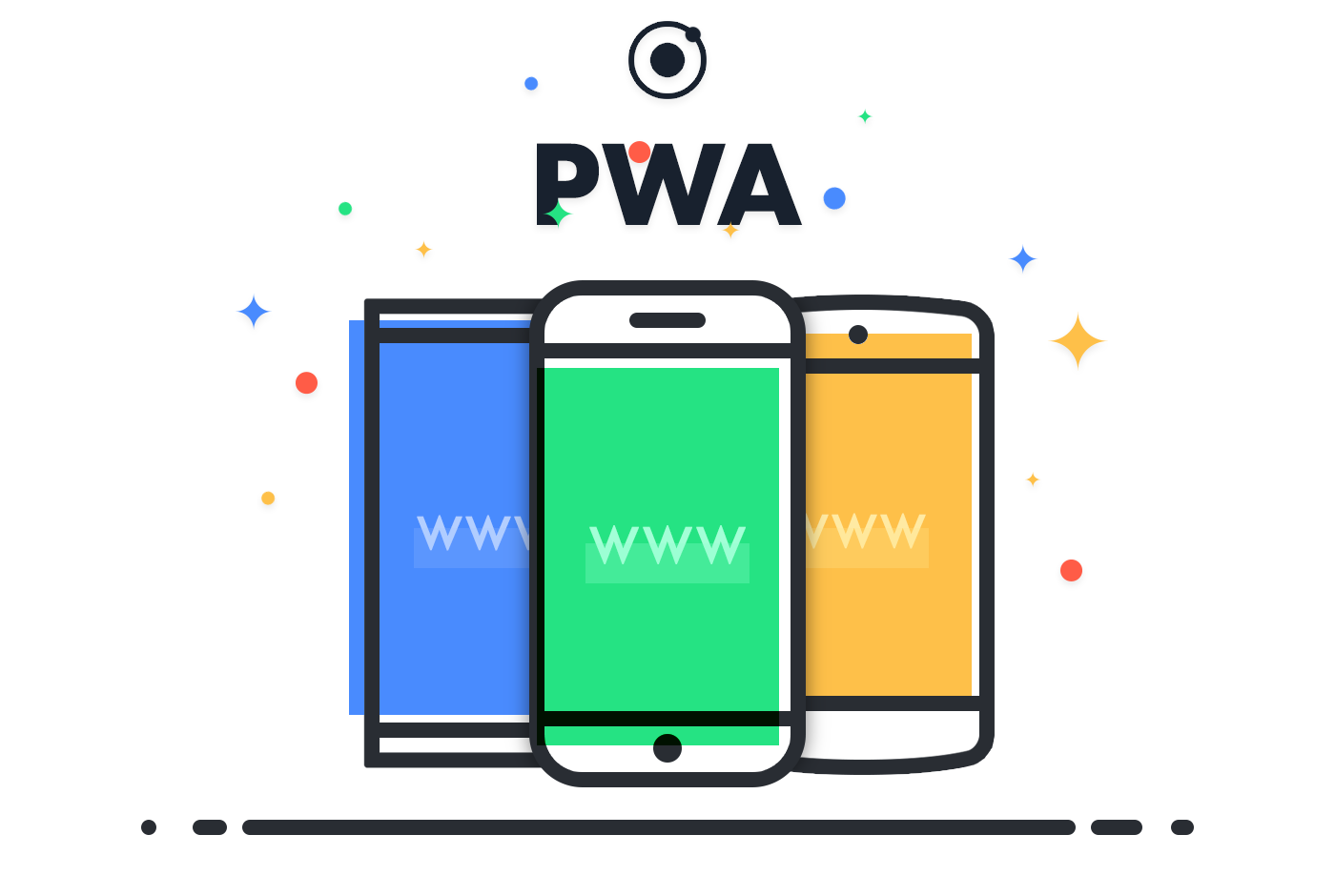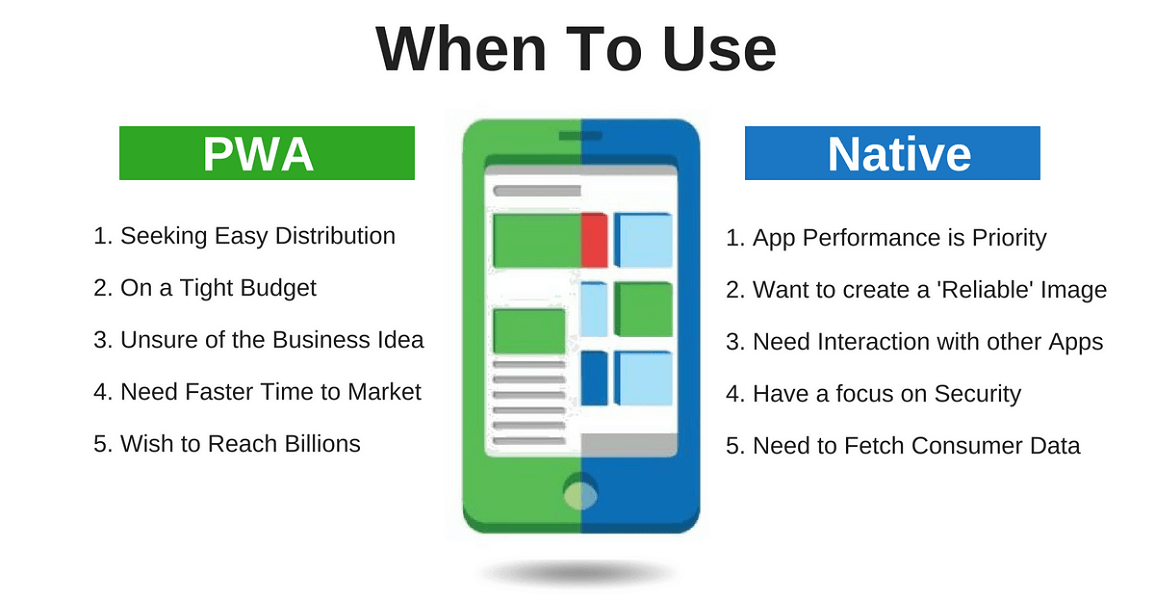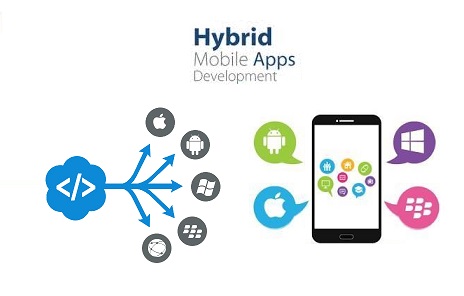There has never been such fragmentation in electronic devices. While Windows and PCs have been in a near-monopoly position for years, things are not what they used to be since the arrival of tablets, smartphones, and the growth of the Mac.
Does your business solution have to be a web app or a native app?
Both bring advantages and disadvantages. The choice will have to be made in relation to your project. Here are some things to help you make a decision.
What is a Progressive Web App (PWA)?
The web has evolved rapidly and continues to change frequently. New features are added to each new version of browsers, and these new versions are released much more regularly.
The web has evolved rapidly and continues to change frequently. New features are added to each new version of browsers, and these new versions are released much more regularly.
Many features have enabled web applications to be able to have a number of features that were intended for native applications before.
* Service workers: they allow you to execute code that does not block the user interface which is not the case with custom web application development or you have to make sure that the JavaScript code is executed quickly so as not to block the 'interface too long.
* Offline mode: it is now possible to use offline web applications for those that are compatible.
* Notifications: As with notifications from native applications, websites and web applications can now send notifications if the user allows it.
* Responsive Design: it is now very simple and quick to create a user interface on a web application that adapts to all screens.
All of these additions now allow web applications to compete with native applications on desktop computers, but especially on smartphones and tablets. A web application incorporating these features has a new name: Progressive Web Applications or PWA.
PWA vs native application
On mobile, PWAs can be added to the main screen of the smartphone or tablet, also allowing this web application to be used without the contours of the browser. Because of this, the experience is very similar to a native mobile apps.
No installation is necessary, the process is therefore much simpler than the installation of a mobile app development or the installation requires prior authentication as well as the consequent perfect download of the files. Indeed, the applications available on the app stores are often several hundred megabytes while web applications are often less than one megabyte.
Even if, in general, a native application performs better than a web application in its use, loading is another story. It is not uncommon to have to wait ten seconds when opening a native application while PWAs are optimized to launch as quickly as possible.
What are the economic benefits of PWA?
Many companies have adopted PWAs with impressive results.
* Trivago replaced their old site with a progressive web app and engagement has increased by 150%!
* The more a user returns, the more likely he or she will find something interesting. And indeed, Trivago has seen an increase in the number of clicks on their hotel deals by 97%.
* Instead of fighting with competition in the app stores, Trivago took advantage of its existing web traffic to improve the user experience on mobile with a PWA. An economic strategy for very encouraging results!
Hybrid application development on desktop computers
But more and more of these applications are just web applications in a native window. This is the case, for example, of Slack. The number one collaborative communication application in the world is a web application embedded in a native application.
You will have the same experience in a browser as using their "native" application and it is the same code behind. It became possible with Electron which allows embedding web applications in a native application and is compatible with Windows, Linux and macOS.
No need to have separate web and native teams, no need to develop specific code for each operating system. It saves time and money and allows you to keep the benefits of a web application by combining them with the benefits of a native application.
There is, however, one problem which may turn out to be significant. These applications can consume a lot of RAM and having several on a not very powerful computer can cause slowness that you would never have had with real native applications.
Hybrid mobile applications
It is a technique used since the beginning of smartphones but which has been very inferior for years to native applications.
Like Electron, PhoneGap allows you to put a web application in a native application shell. But mobile performance is pretty poor, so it's not a widely used solution.
However, several libraries allow you to develop native applications with normally web technologies. This is the case for example with React Native. React is a framework for creating the client side of a web application. It is open-sourced and originally developed by Facebook. They then adapted it for mobile application development with JavaScript and React.
This allows for better performance than PhoneGap while using tools familiar to many mobile app developers.
Distribution of native applications vs SaaS
For a native application, it is common to pay a license to use each new major version. Pricing is often quite complex and customers do not have much visibility into the obsolescence of the purchased version. This model is obsolete.
Indeed, with a web application it is very easy to distribute it as SaaS (Software-as-a-Service). Customers pay monthly and updates are frequent.
This is the model adopted by all players in business applications today.
The problem of distributing native applications on mobile
The distribution of mobile applications is done on the Apple App Store and the Android Play Store and it is imperative to follow their rules. They are sometimes unwarranted and can change overnight. This can create many problems for the initial distribution but also in the future.
For business applications that are not public, the distribution is slightly different. For iOS, use the "Apple Developer Enterprise Program" to distribute a mobile application for $ 299 per year. However, hosting is not included and you have to self-host the whole part allowing you to download the application and update it. Services offer to do it like Appaloosa, this of course adds an additional cost.
For Android, the distribution of private applications is done in the Play Store, the process is therefore simpler than with Apple.
Conclusion
Questions to ask yourself to make the right decision:
- Will the business application have to be public?
- Are there any features that require low-level access to the operating system?
- In the case of a mobile application, does the chosen solution respect the rules of the App Store and the Play Store?
Making the right choice of technologies will allow hybrid applications to be easily made with Electron or React Native if an unforeseen need requires functionality that browsers do not deliver.




